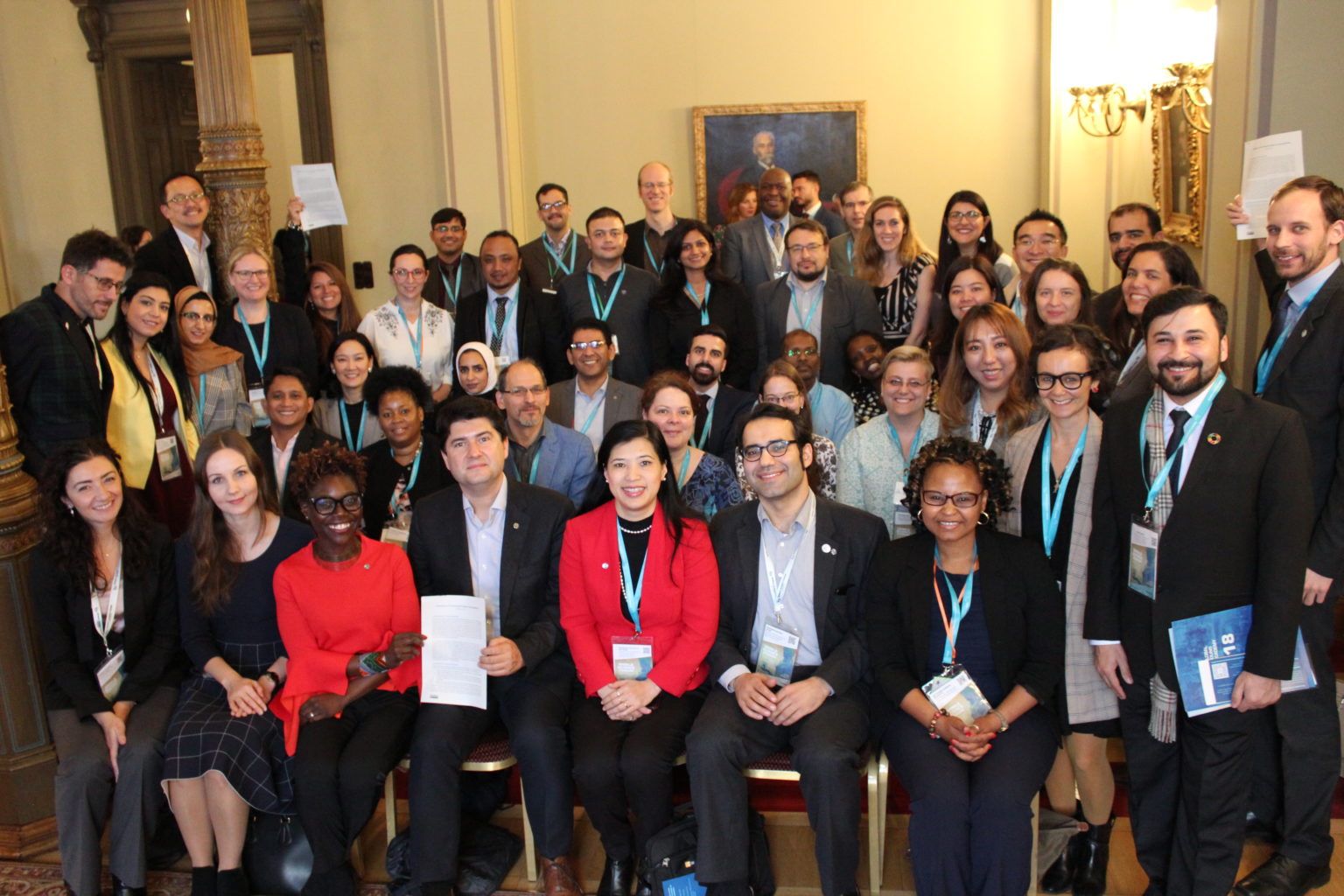A lesser known right embedded in UN treaties is receiving increasing attention: Known as the “right to science”, Article 15 of the International Covenant on Economic, Social and Cultural Rights grants all people the right “to enjoy the benefits of scientific progress and its applications.” Governments of 169 countries who have voluntarily agreed to the terms of the treaty are obligated to work for the full realisation of this right.
A recently published book – The Right to Science: Then and Now – addresses the history, as well as various areas of application connected to the “right to science”. One chapter in particular, co-authored by GYA member Teresa de la Puente (neé Stoepler), explores the potential for (young) scientist organisations – e.g. National Academies, as well as the GYA and National Young Academies – to play a role in the implementation of Article 15.
The chapter analyses the results of a survey of science academies, in which the GYA and NYAs took part. The results of the survey were also presented and discussed at the 2019 World Science Forum. Science organisations’ engagement on issues which touch upon economic, social or cultural rights are in the focus. Importantly, the survey revealed that although many in these organisations were not aware of Article 15, the essence of the “right to science” is at the core of their work and missions.
The chapter “The Right to Science: From Principle to Practice and the Role of National Science Academies” is directly linked here (open access, Cambridge University Press), and the book The Right to Science: Then and Now can be downloaded here.
The GYA has previously engaged on this topic, with then EC member Koen Vermeir (Centre national de la recherche scientifique, France) speaking at a session of the Committee on Economic, Social and Cultural Rights about the drafting of a general comment on Article 15. (More here: Executive Committee member speaks at International Covenant on Economic, Social and Cultural Rights | Global Young Academy)
